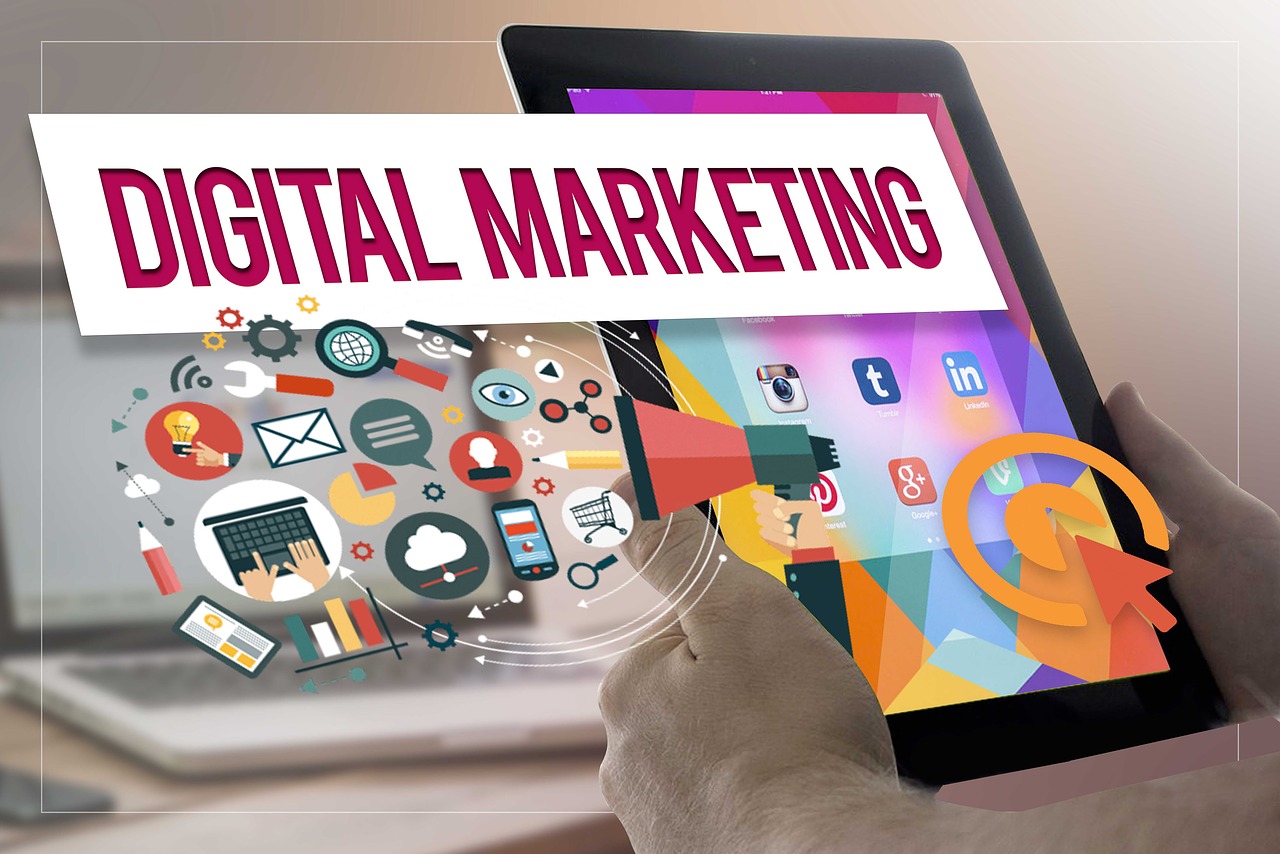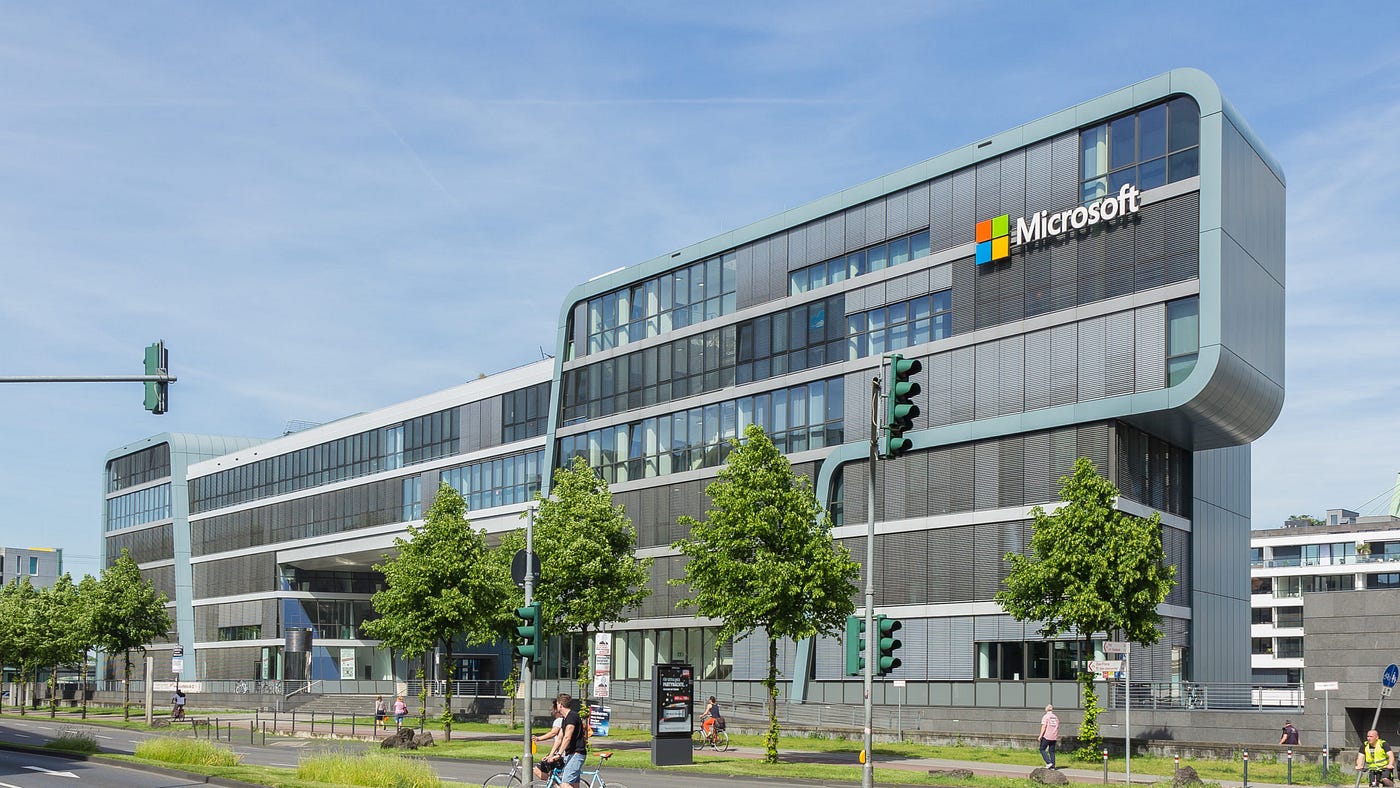The Evolution and Impact of Technology and Gadgets
Introduction
In today’s fast-paced world, technology and gadgets play a central role in our daily lives. From the smartphones in our pockets to the smart home devices that manage our environments, technological advancements are reshaping how we live, work, and interact. This article provides an in-depth look at the evolution of technology and gadgets, exploring key innovations, current trends, and their impact on society.
1. The Evolution of Technology
1.1 Historical Overview
Technology has evolved significantly over the centuries, transforming human societies and influencing every aspect of life. From the invention of the wheel to the development of the internet, each technological leap has marked a new era in human progress.
- Early Innovations: The wheel, early tools, and the printing press revolutionized transportation, communication, and knowledge dissemination.
- Industrial Revolution: The advent of machinery and automation transformed manufacturing and transportation, leading to the rise of modern economies.
- Digital Age: The development of computers, the internet, and mobile technologies has dramatically changed how we access information and communicate.
1.2 The Rise of the Information Era
The late 20th and early 21st centuries have been marked by the rise of the information era, characterized by rapid advancements in computing and communication technologies.
- Personal Computers: The introduction of personal computers made computing accessible to individuals and businesses, leading to a proliferation of software applications and digital content.
- Internet Revolution: The internet has connected the world, enabling instant communication, access to information, and the growth of online services and e-commerce.
- Smart Devices: The proliferation of smartphones, tablets, and wearable technology has integrated computing power into everyday objects.
2. Current Trends in Technology and Gadgets
2.1 Artificial Intelligence and Machine Learning
Artificial Intelligence (AI) and Machine Learning (ML) are at the forefront of technological innovation, driving advancements across various sectors.
- AI in Everyday Life: AI-powered virtual assistants like Siri, Alexa, and Google Assistant help manage tasks and control smart devices.
- ML Applications: Machine learning algorithms are used in recommendation systems, predictive analytics, and autonomous vehicles.
2.2 The Internet of Things (IoT)
The Internet of Things refers to the network of interconnected devices that communicate and exchange data.
- Smart Home Devices: IoT technology enables home automation, including smart thermostats, lighting, and security systems.
- Wearable Technology: Devices like smartwatches and fitness trackers monitor health metrics and provide real-time feedback.
2.3 5G Technology
5G is the fifth generation of mobile network technology, offering faster speeds and more reliable connections.
- Enhanced Connectivity: 5G enables seamless streaming, low-latency gaming, and faster download and upload speeds.
- Smart Cities: The implementation of 5G technology supports the development of smart cities with improved infrastructure and services.
2.4 Augmented Reality (AR) and Virtual Reality (VR)
AR and VR technologies create immersive experiences by overlaying digital content on the real world or creating entirely virtual environments.
- Gaming and Entertainment: AR and VR are transforming the gaming industry with interactive and immersive experiences.
- Training and Education: These technologies are used for training simulations, virtual classrooms, and remote collaboration.
2.5 Blockchain Technology
Blockchain is a decentralized ledger technology that ensures secure and transparent transactions.
- Cryptocurrencies: Blockchain underpins digital currencies like Bitcoin and Ethereum, offering secure and decentralized financial transactions.
- Smart Contracts: Blockchain enables smart contracts, which automate and enforce contract terms without intermediaries.
3. Impact of Technology and Gadgets on Society
3.1 Changes in Communication
Technology has transformed how we communicate, making it faster and more accessible.
- Social Media: Platforms like Facebook, Twitter, and Instagram facilitate global communication and social interaction.
- Video Conferencing: Tools like Zoom and Microsoft Teams enable remote work and virtual meetings, connecting people across distances.
3.2 Influence on Work and Productivity
Technology has reshaped the workplace, enhancing productivity and enabling new ways of working.
- Remote Work: Advances in communication technology have made remote work feasible and increasingly common.
- Automation: Automation tools and AI-driven software streamline repetitive tasks, improving efficiency and accuracy.
3.3 Impact on Healthcare
Technological advancements have revolutionized healthcare, improving diagnostics, treatment, and patient care.
- Telemedicine: Remote consultations and virtual health services make healthcare more accessible and convenient.
- Health Monitoring: Wearable devices and health apps provide real-time monitoring and data-driven insights into health and wellness.
3.4 Education and Learning
Technology has transformed education, making learning more interactive and accessible.
- E-Learning Platforms: Online courses and educational apps provide flexible learning opportunities and resources.
- Interactive Learning: AR and VR technologies offer immersive learning experiences and simulations.
4. Emerging Technologies and Future Trends
4.1 Quantum Computing
Quantum computing represents a new paradigm in computation, leveraging the principles of quantum mechanics to solve complex problems.
- Potential Applications: Quantum computing could revolutionize fields such as cryptography, material science, and drug discovery.
- Current Challenges: Developing stable and scalable quantum computers remains a significant challenge.
4.2 Biotechnology and Health Tech
Advancements in biotechnology and health tech are poised to transform healthcare and medicine.
- Gene Editing: Techniques like CRISPR enable precise modification of genetic material, with potential applications in treating genetic disorders.
- Personalized Medicine: Advances in genomics and data analytics allow for tailored treatment plans based on individual genetic profiles.
4.3 Sustainable Technology
Sustainability is becoming a key focus in technology development, with efforts to reduce environmental impact.
- Green Tech: Innovations in renewable energy, energy-efficient devices, and sustainable materials aim to reduce the carbon footprint.
- Circular Economy: The concept of a circular economy promotes recycling, reusing, and reducing waste in technology production and disposal.
4.4 Robotics and Automation
Robotics and automation are transforming industries and daily life, enhancing efficiency and capabilities.
- Industrial Robotics: Automation in manufacturing increases productivity and precision, reducing the need for manual labor.
- Service Robots: Robots are increasingly used in service industries, including healthcare, hospitality, and retail.
5. Challenges and Considerations
5.1 Privacy and Security
As technology advances, concerns about privacy and security become more prominent.
- Data Privacy: Protecting personal data from unauthorized access and breaches is a growing concern.
- Cybersecurity: Ensuring the security of digital systems and networks is crucial in an increasingly connected world.
5.2 Ethical Implications
Technological advancements raise ethical questions regarding their impact on society and individuals.
- AI Ethics: Issues related to AI decision-making, bias, and accountability require careful consideration.
- Technology Addiction: The potential for technology addiction and its effects on mental health and well-being needs to be addressed.
5.3 Digital Divide
The digital divide refers to the gap between those who have access to technology and those who do not.
- Access to Technology: Ensuring equitable access to technology and digital resources is essential for reducing disparities.
- Digital Literacy: Promoting digital literacy and skills development helps bridge the gap and empower individuals.
6. Conclusion
Technology and gadgets have transformed every aspect of modern life, from how we communicate and work to how we manage our health and learn. As technology continues to evolve, it is essential to stay informed about emerging trends, address challenges, and consider the broader implications of technological advancements. By understanding and embracing these changes, we can harness the potential of technology to improve our lives and shape a better future.










